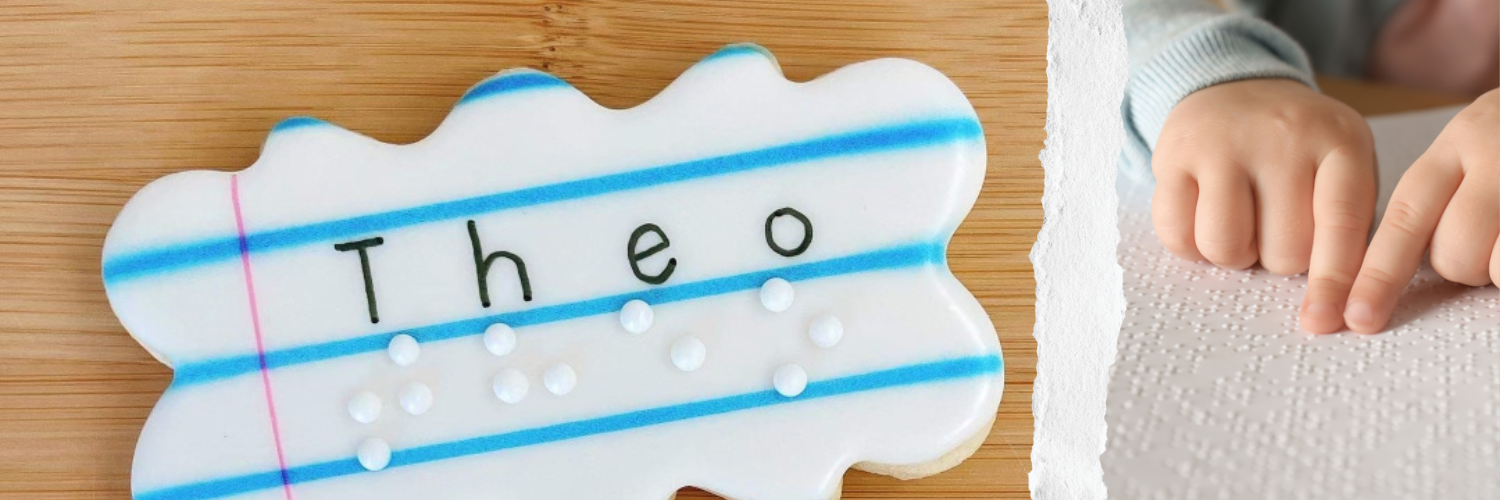
Celebrating World Braille Day: The Braille Cookie
Understanding Braille and Celebrating World Braille Day
In a world where visual cues dominate, Braille stands as a beacon of inclusivity, offering those with visual impairments the independence and joy of reading and writing. Developed in the early 19th century by Louis Braille, himself blind from a young age, this tactile writing system has transformed countless lives. Braille is not a language but a code that can be translated into many languages, including English, Spanish, Arabic, Chinese, and more, making it a universal tool for empowerment. Each Braille character, or 'cell', consists of six raised dots arranged in a rectangle comprising two columns of three dots each. The specific combination of raised dots within each cell represents a letter, number, or punctuation mark. This ingenious system allows fingers to glide over the dots, enabling individuals to read everything from beloved books to essential documents. World Braille Day, celebrated annually on January 4th, Louis Braille's birthday, is a day of recognition for the importance of Braille as a means of communication in the full realization of the human rights for blind and partially sighted people. This day serves as a reminder of the need for accessible and adapted written material for people with visual impairments. In the spirit of this day and the remarkable language of Braille, this blog post delves into a unique and touching project: creating cookies with Braille lettering. This endeavor not only celebrates the tactile language but also symbolizes the sweetness of inclusivity and the joy of learning, no matter the challenges one may face.
A while back, a high school friend of mine had her third baby, and this adorable little munchkin was soon found to be mostly blind. Her fantastic family rallied together, and over the last few years, she has posted to Facebook sharing their challenges and their wins. Their biggest win is that this sweet little boy is happy and thriving and learning to navigate the world around him. When his smiling face makes its way across my timeline, I can’t help but smile, too.
When she posted that he was learning Braille, I was so happy for him and for them, and it made me want to try something I’ve never done before: Braille cookies. I do so many pretty cookies for people all the time, but helping someone who can’t visually see the design to know that cookies were made and decorated specially for them was a little out of my wheelhouse. Since I didn’t want to overstep in an area where I have no personal experience, I reached out to ask if this was even something that would be wanted—and thankfully, she was gracious and welcomed the idea with thanks. She explained that he was learning to identify letters in general and his name in particular, and she provided me with the Braille spellings of his and his sisters’ names.

I then started doing some research on Braille lettering, and I found that there are specific guidelines for how it has to be spaced, raised, etc. My initial thought had been to use nonpareils or royal icing transfers to make the dots, but I felt this would create an irregular shape and be difficult to place with the precision needed. So Plan B was to pipe the dots individually, and it actually worked out pretty well. I wanted to make sure that the icing was nice and sturdy, but we also had an egg allergy to consider, so I used the Ann Clark vegan icing mix as a substitute for using meringue powder, and that held up really well for both piping and flooding.
My second issue was how to keep the Braille dots evenly spaced and nice and straight. Our Notebook Stripes stencil was perfect for solving this problem and helped give me the “school writing” look I was going for. An edible marker to add his name lettering without interfering with the Braille, and the cookie was done. His mom was kind enough to send me a video of him reading his name, and that was sweeter than any cookie!

Supplies Used: Whipped White Gel Color, Tipless Piping Bags, Black Edible Marker, Notebook Stripes Stencil, Beachy Blue Edible Airbrush Color, Royal Red Velvet Edible Airbrush Color (Incredible, Amazing & Strong Words Stencil has been discontinued since this photograph was taken)
Key Considerations for Braille Cookie Projects
If you're inspired to create Braille-decorated cookies, it's important to approach the project with sensitivity and awareness. Here are some crucial aspects to consider:
- Authenticity and Accuracy: Ensure that the Braille you use is accurate. It's not just a decorative feature – it's a crucial communication tool for those who are blind or visually impaired.
- Functionality: If your Braille-decorated cookies are intended to be read by touch, they should be functional. This means the dots need to be properly raised and spaced according to standard Braille guidelines.
- Cultural Sensitivity: Recognize the significance of Braille in the visually impaired community. It's a symbol of independence and accessibility, and your use of it should honor and celebrate these values.
- Seek Feedback: Engaging with the blind or visually impaired community for feedback can ensure your project is respectful and well-received. It’s important to listen and learn from those who use Braille in their daily lives.
- Educational Opportunity: Use your project to educate others about Braille. Share information about its importance and possibly about World Braille Day to raise awareness and promote inclusivity.
Remember, a project like this can be a creative, educational, and respectful way to celebrate Braille and the visually impaired community. By keeping these considerations in mind, you can ensure your Braille cookie project is both meaningful and well-received.
Learn more about Braille and World Braille Day here: Learn More
Recommended for You:
Piping Bag Tip Tube Covers - Set of 4
AtecoDon't let your icing bags leak or dry out! Use these covers on bags with Ateco couplers and standard tips on them. Reuse them again and again. Se...
View full detailsBlack Fine Tip Food Marker
The Cookie CountessA black edible-ink pen is essential for your decorating kit. Use these high quality markers for: Marking up baked cookies for planning designs Wr...
View full detailsStainless Steel Measuring Cups 4 Piece Set
The Cookie CountessIncredibly high quality, with no plastic parts. Whether baking or cooking you'll reach for these essentials again and again! THESE ARE THE LAST SET...
View full detailsInstant Royal Icing Mix - White Base
The Cookie CountessJust add water for white, stiff icing! Perfect for stenciling, dots and eyes, writing, or thin it for flooding. You can tint it any color you need...
View full detailsCookie Order Form 5 x 7, 50 sheets
The Cookie CountessThese cute sheets will help you plan your cookie orders. The back has an area for sketching and pricing planning. Size: 5" x 7" 50 Sheet Pad Doub...
View full details-

Cookier Takeaways
Read nowNine years ago this Halloween, I made my very first ever decorated sugar cookies. I had seen a video tutorial on Facebook, and after falling down a rabbit hole watching flooding video after flooding video, I thought to myself, “I...
-

Color Schemes
Read nowOne of the biggest considerations when designing a cookie set (aside from the shapes themselves) is the color scheme. And I don’t know about you, but very rarely do I find myself using bottled color as-is without mixing and tweaking...
-

Precision Rolling Pins 101
Read nowDon’t you love it when you bite into a cookie that is thick and underbaked on one end, but thin and overbaked on the other? You don’t? Yeah, me neither. If you use a standard rolling pin to make rolled-out...

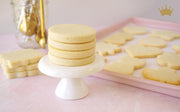
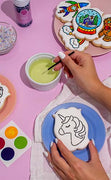
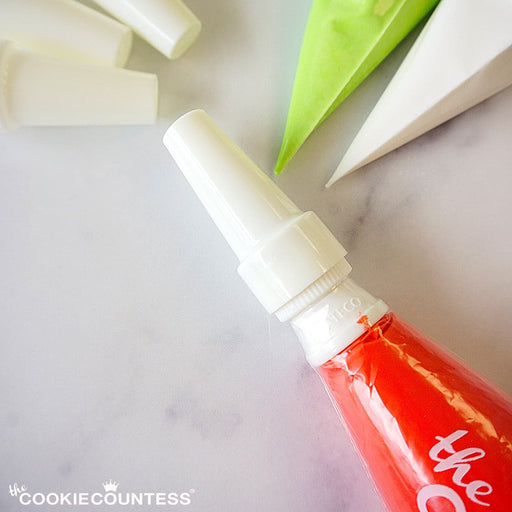
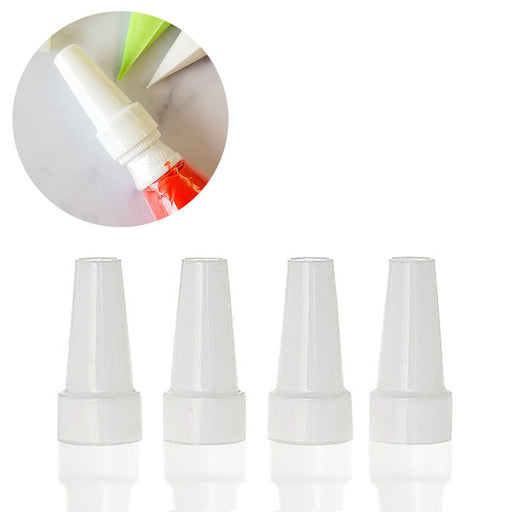
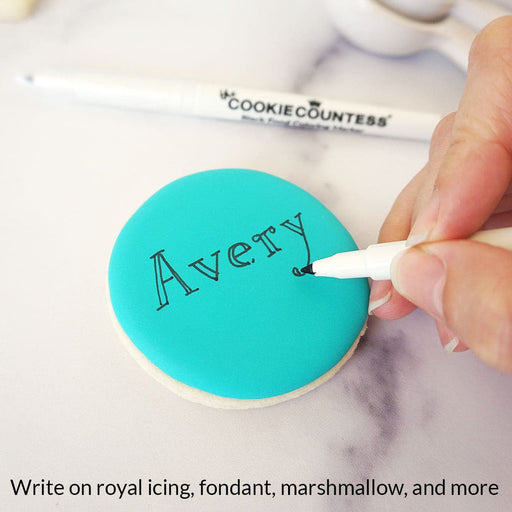
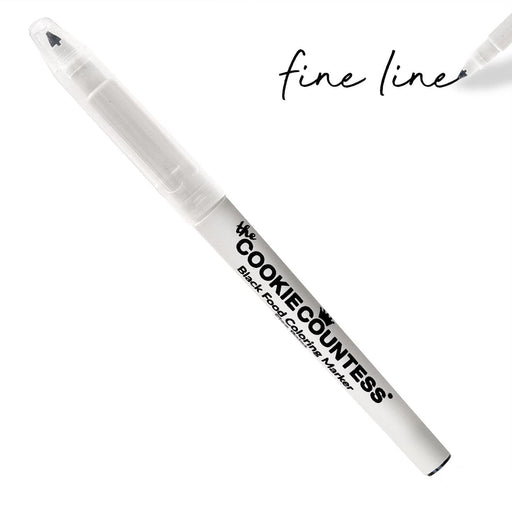
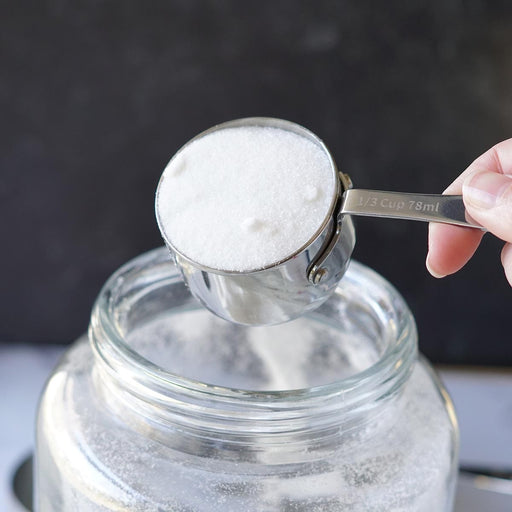
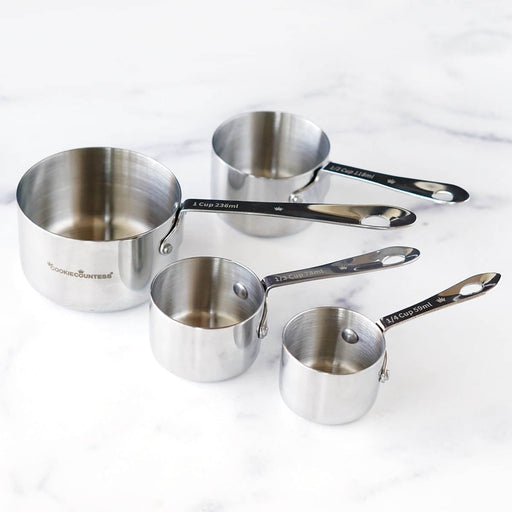
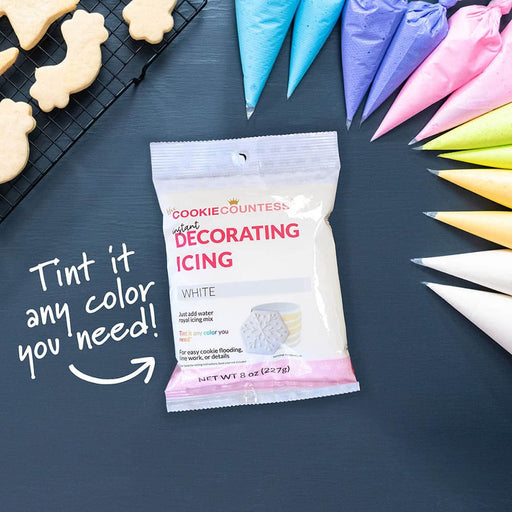
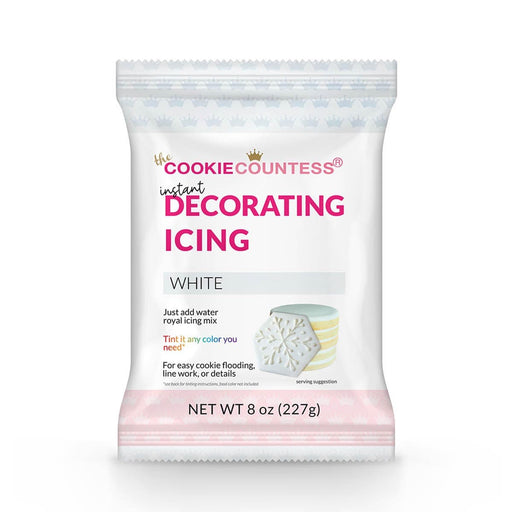
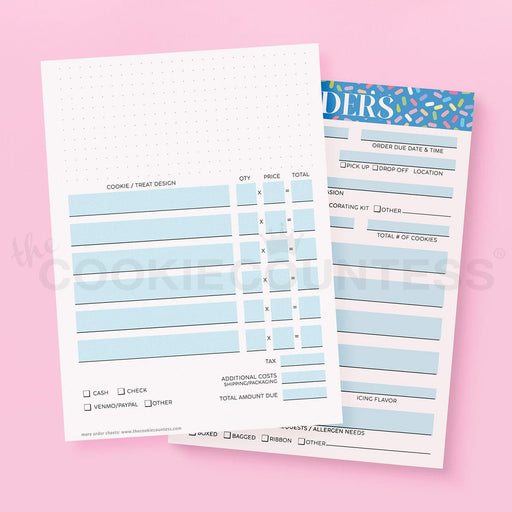
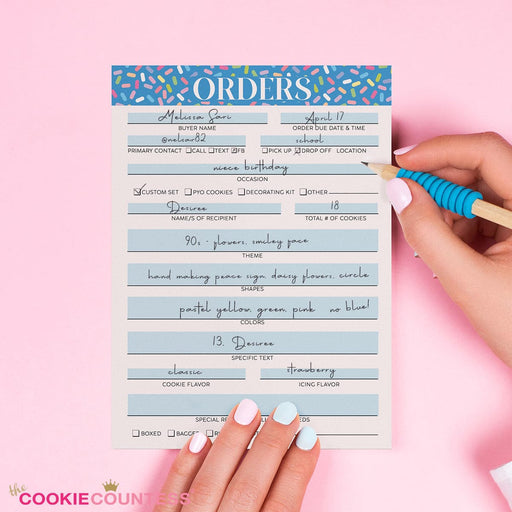



Leave a comment